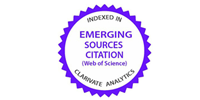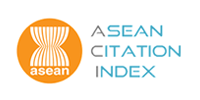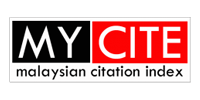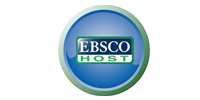Magnetite (Fe3O4)-Activated Carbon Composite from Ground Coffee Waste for the Removal of Copper Ions (Cu2+) from Solution
DOI:
https://doi.org/10.58915/ijneam.v17iDecember.1618Keywords:
Ground coffee waste, Activated carbon, Photocatalyst, Adsorbent, Methylene blueAbstract
The influence of the magnetite addition on the adsorption efficiency of activated carbon (AC) synthesized using different activators was investigated. In this work, the activated carbon from ground coffee waste (GCW) was prepared via activation with phosphoric acid (H3PO4) and potassium hydroxide (KOH), followed by carbonization at 500˚C. The magnetite (Fe3O4)-activated carbon composites were prepared by mixing the activated carbon with Fe3O4 powders. From the X-ray diffraction analysis, both activated carbons produced by H3PO4, and KOH are in the form of amorphous structures. Magnetite peaks can be observed from the magnetite-activated carbon composites. KOH-treated activated carbon shows the formation of porous honeycomb-like structures with large pore size (average diameter 43 m) compared to H3PO4-treated activated carbon where the smaller, non-uniform pore morphology with the average diameter 32 m was formed. The copper ions removal efficiency is the highest for biochar (almost 100%). For treated activated carbon, AC-KOH and MAC-KOH shows the highest adsorption removal efficiency (99.7%) compared to the acid-treated carbon (91.9%). Magnetite itself has good adsorption behaviour (93.6% efficiency) due to its nanocrystalline structure (high surface area) and functional groups.

















